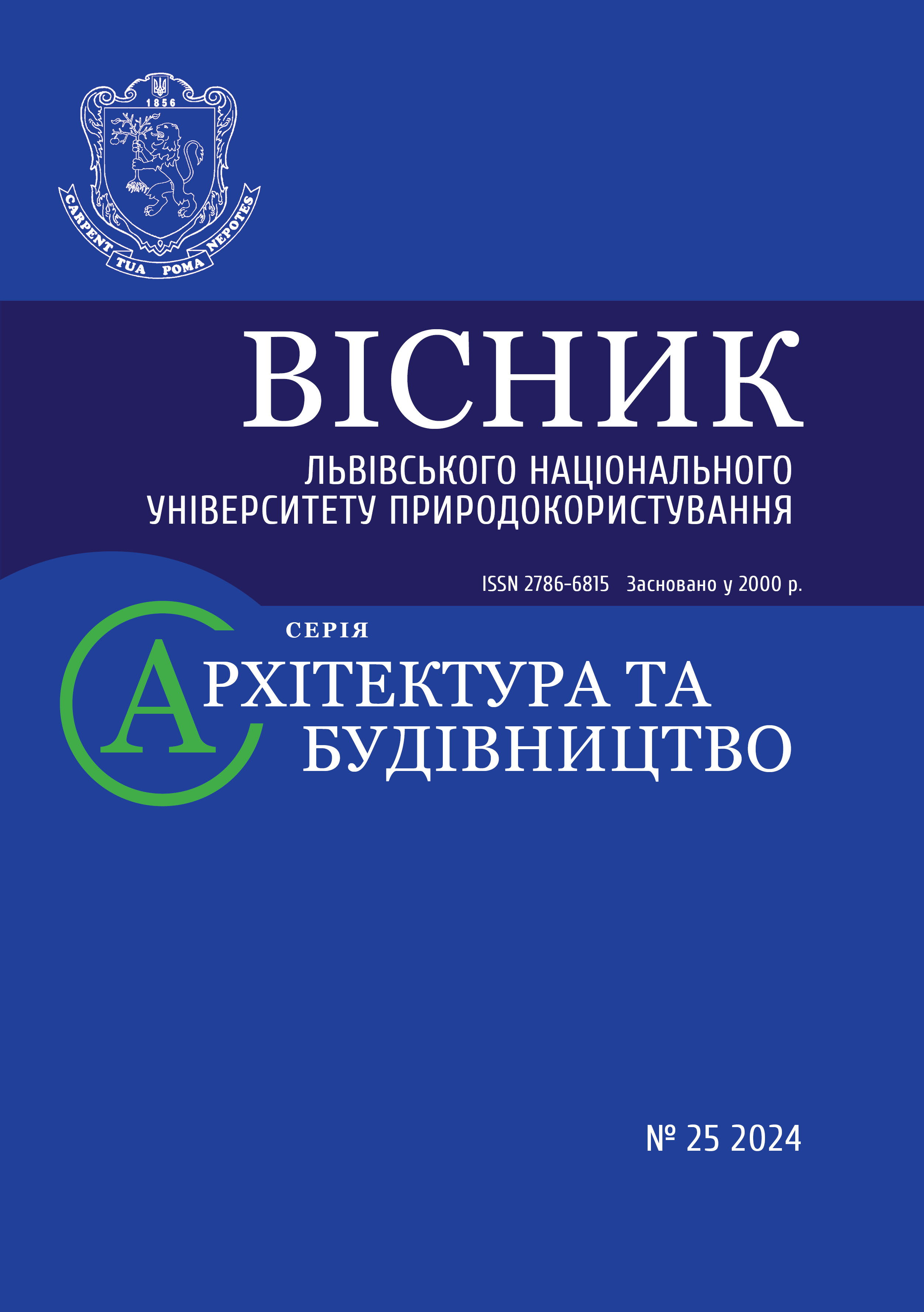INFLUENCE OF LIVE LOADS ON THE BEARING CAPACITY OF SLOPED SHAFT HEADFRAMES BY TENSIONING OF HOISTING CABLES
DOI:
https://doi.org/10.31734/architecture2024.25.092Keywords:
shaft headframes, steel structures, dynamic loads, stress amplitude, cycle asymmetry coefficient, gue limitAbstract
The structure of sloped mine headframes is an essential component of shaft hoisting mechanisms, which are among the most critical structures at the shaft surface. A major drawback of the current national industry codes for designing shaft headframes is that they overlook the impact of live tension loads from hoisting cables. The operation of the hoisting machine is affected by dynamic live loads due to the rotation of unbalanced guiding pulleys and the forced oscillations of the hoisting cable strings. As a result of these dynamic loads from hoisting cable tension, resonance phenomena in the shaft hoisting system can occur, leading to a loss of dynamic stability in the structure and the formation of fatigue cracks in steel components. To mitigate these resonance issues in headframe structures, design constraints on the minimum natural oscillation frequency are proposed. Additionally, a limit on the relative magnitude of pulsations in compressed bar elements is suggested to maintain their dynamic stability. Through a statistical analysis of experimental study results, the research authors identified a range of pulsation amplitudes in hoisting cables during key phases of the technological cycles for cage and skip hoisting mechanisms. These pulsations are generated by the forced oscillations of hoisting cable strings during the operation of the hoisting machine. A numerical analysis of the stress-strain state in a specific structure subjected to dynamic loads from hoisting cable tension allowed to determine the amplitude values and asymmetry coefficients of dynamic stresses. These findings form the basis for applying the normative engineering methodology to analyze the fatigue strength of steel structures. The present analysis of the fatigue strength of the primary load-bearing components of the structure revealed a limited fatigue lifespan for the support nodes of the guiding pulleys and the slopes of the main beams. The proposed method for analyzing the fatigue life of shaft headframe structures can be utilized for technical monitoring under operational conditions.
References
DBN V.2.6-198:2014. Steel structures. Design norms. Kyiv: Ministry of Regional Development of Ukraine, 2014. 199 p.
DBN V.1.2-2: 2006 Loads and impacts. Kyiv: Ministry of Construction of Ukraine, 2006. 75 p.
Kushchenko V. N. Ensuring the safety of construction structures of sloping mine headframes]: monograph. Makeevka: DonNASA, 2006. 202 p.
Kushchenko V. N., Kulish V. A. Analysis of damage and emergency conditions of sloping mine headframes. Coal of Ukraine. 2011. No 10. P. 39–43.
Kushchenko V. M., Nechytailo O. E. Ensuring the design reliability of support nodes of guide pulleys of frame sloping mine headframes. Bulletin of Lviv Polytechnic National University», No 82: Theory and Practice of Construction. 2015. P. 191–199.
Kushchenko V. M., Khomitskyi D. O. Vibration Monitoring of Steel Shaft Headgears. Springer Nature Switzerland AG 2020 / Z. Blikharsky (ED): Eco CEE 2019, LNCE 47. Pp. 227–234.
Kushchenko V. M., Nechytailo O. E. Monitoring of Dynamic Loads on Steel Headframes. Springer Nature Switzerland AG 2020 / Z. Blikharsky (ED): Eco Comfort 2020, LNCE 100. Pp. 245–252.
RD 12.005-94. Metal structures of mine headframes. Operating requirements. Kyiv: Gosugleprom of Ukraine, 1994. 68 p.


